Take a Virtual Tour of Artworks Inspired by Efforts to Preserve Plant Biodiversity
A traveling exhibition showcases five artists whose creations engage with science and ecology
/https://tf-cmsv2-smithsonianmag-media.s3.amazonaws.com/filer/9e/be/9ebe7043-b8d1-475a-8c05-c8d9951c2c92/liz-orton_splitters-and-lumpers_24-1600x1280.jpg)
Humans are utterly dependent on plants for food, oxygen, medicine and more. It stands to reason, then, that preserving plant species is key to maintaining biodiversity and ensuring humanity’s long-term survival.
An exhibition now on view at the Royal Albert Memorial Museum and Art Gallery (RAMM) in Exeter, England, showcases artists’ responses to plant-centric sustainability efforts, including the Svalbard Global Seed Vault, which currently holds more than one million crop samples in a secure, remote spot in the Norwegian Arctic.
Titled “Seedscapes: Future-Proofing Nature,” the touring exhibition (accompanied by an extensive slate of virtual offerings) was created by Impressions Gallery in Bradford, England. As the Guardian’s Anna Turns reports, the show brings together the work of five artists: Dornith Doherty, Sant Khalsa, Chrystel Lebas, Liz Orton and Heidi Morstang.
“Given worldwide threats from conflict, global warming pollution, and—as we have recently been reminded—pandemics, biodiversity and seed sustainability are at risk,” says exhibition curator Liz Wells in a video.
A scholar at the University of North Texas, Doherty photographs seed vaults for her “Archiving Eden” project, which is based on collaborations with biologists at plant banks around the world. In one of her pieces, a collage of corn varieties changes color as visitors walk past, just as the seeds do when they’re cryogenically dried for preservation. Another photo shows the inside of a seed vault at Russia’s Kuban experimental station, with hundreds of thousands of varieties of soya bean seeds carefully stored in jars.
“What really inspired me was this profoundly pessimistic and optimistic project,” where the “severity of climate change and declining biodiversity and agriculture had led to … these institutions and volunteers and scientists from all over the world collaborating to create the first truly global botanical backup system,” Doherty told Smithsonian magazine’s Lila Thulin in 2019.
The exhibition also features Morstang’s work at the Svalbard seed vault, including her 15-minute film Prosperous Mountain (2013). Morstang photographed some of these samples using an electron microscope.
“These pictures depict shapes and textures, such as extraordinary inner landscapes, rather like extraterrestrial pictures that are not at all how we might imagine the insides of tiny seeds,” says Wells in the video.
Work by Khalsa, a California-based visual artist, captures the lives of ponderosa pines, which depend on fire for part of their reproductive cycle. In 1992, Khalsa planted 1,000 of the pines in Holcomb Valley, California, an area that was cleared by settlers in 1860. Photos she took 25 years later show how the trees have transformed the landscape and attracted wildlife.
Lebas’ section of the show follows her journey retracing the steps of British botanist Edward James Salisbury, who photographed spots in Scotland and England between 1914 and 1933. After reuniting glass negatives made by the scientist with his notes, she visited the places and photographed them as they are today.
Orton’s work stems from time she spent as an artist in residence at London’s Kew Gardens, where she observed systems for classifying plant species. Her photographs show seeds and other materials in the packaging in which they arrived as long as a century ago.
“2021 is the year when world leaders will make crucial decisions in the hope of preventing our climate crisis spiraling out of control,” says Lara Goodband, RAMM’s contemporary art curator, in a statement. “‘Seedscapes’ reminds visitors of the fragility of our natural world and how we must work together to prevent further extinction.”
The free show is on view at RAMM through September 5. A virtual version of “Seedscapes” is also available to peruse through Impressions Gallery’s website.
/https://tf-cmsv2-smithsonianmag-media.s3.amazonaws.com/accounts/headshot/Livia_lg_thumbnail.png)


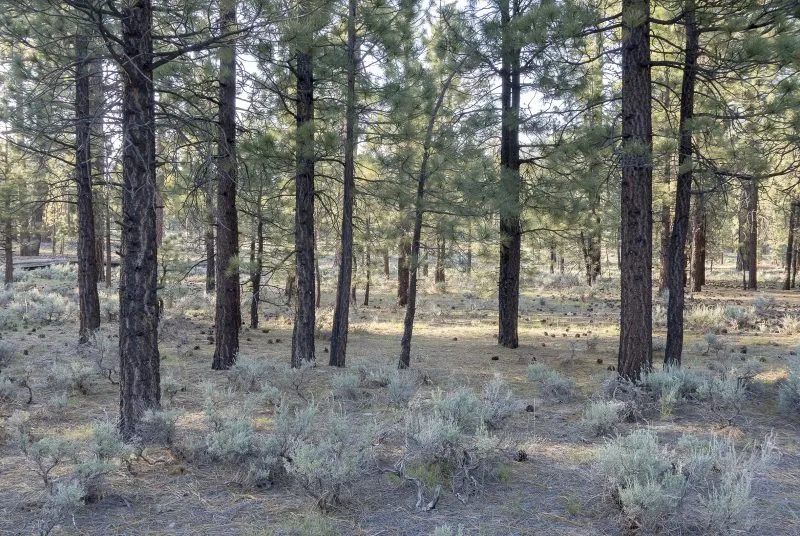
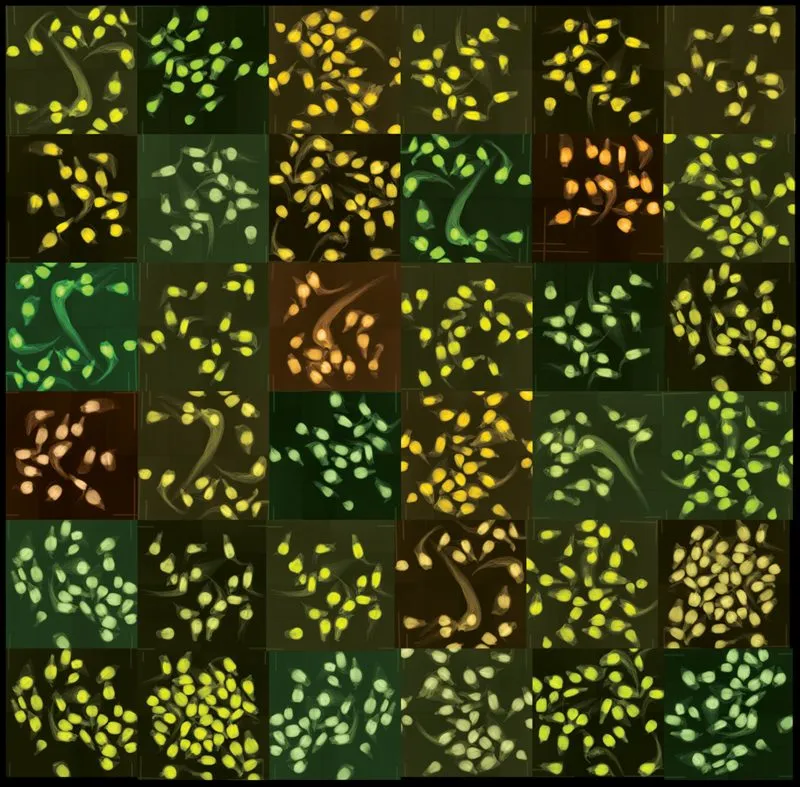
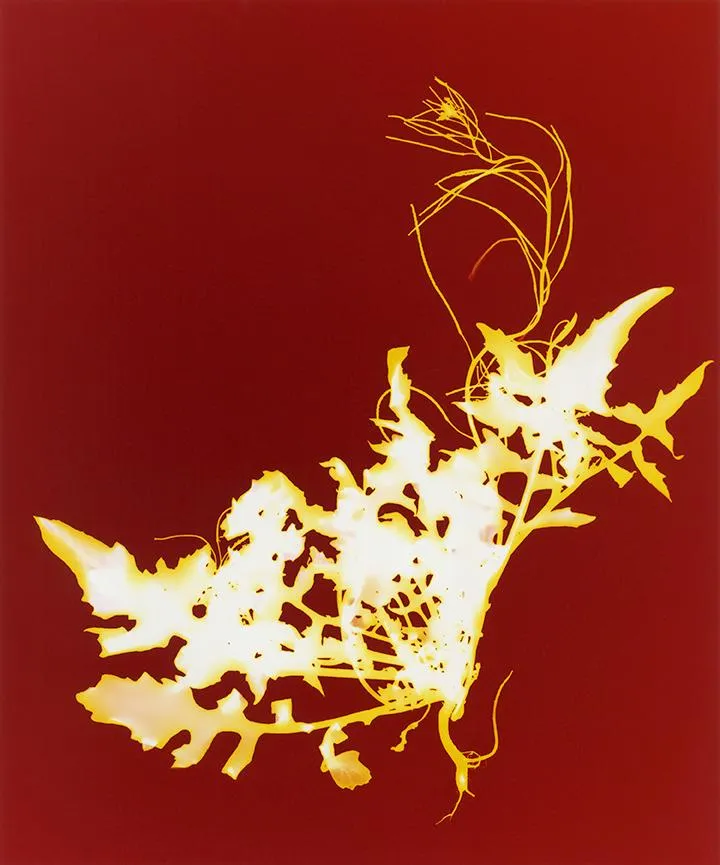
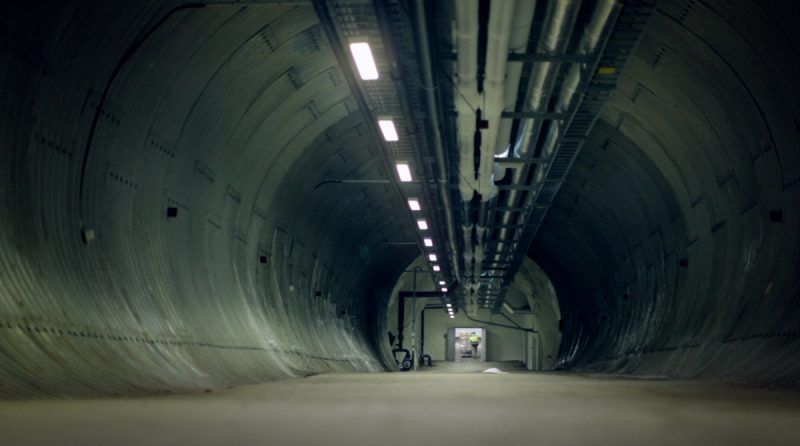
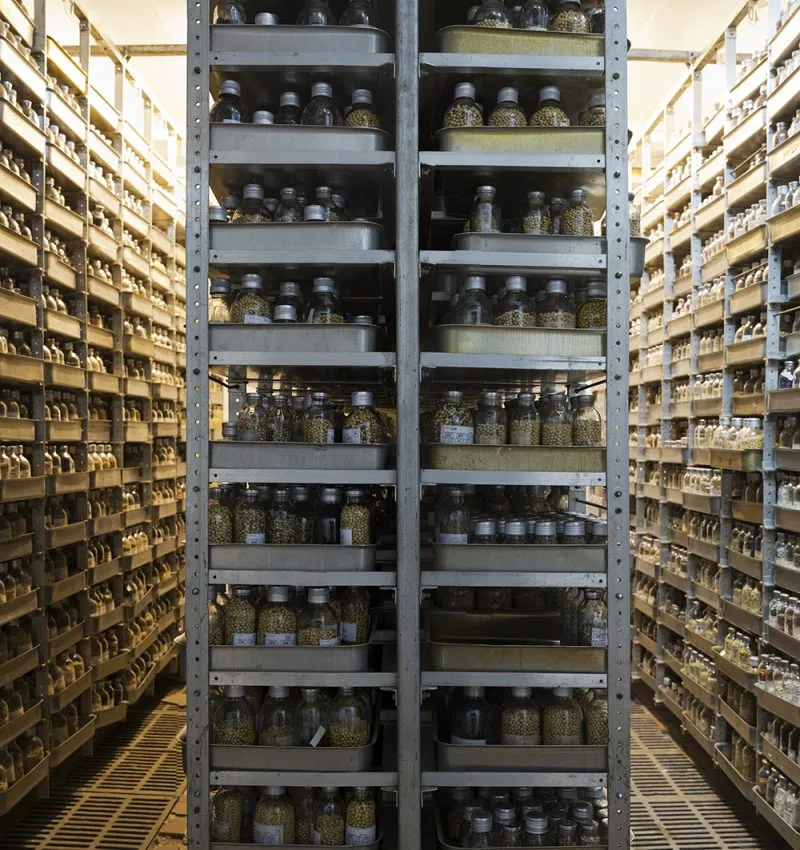
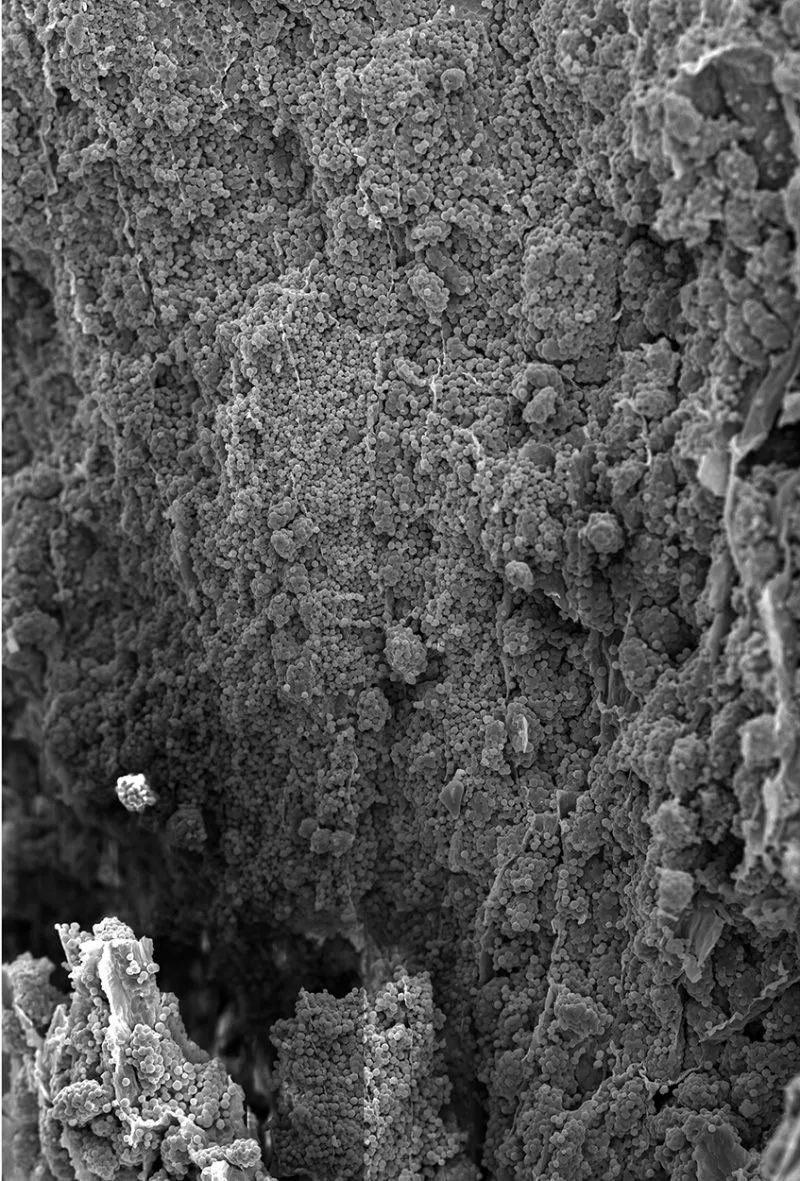
/https://tf-cmsv2-smithsonianmag-media.s3.amazonaws.com/accounts/headshot/Livia_lg_thumbnail.png)